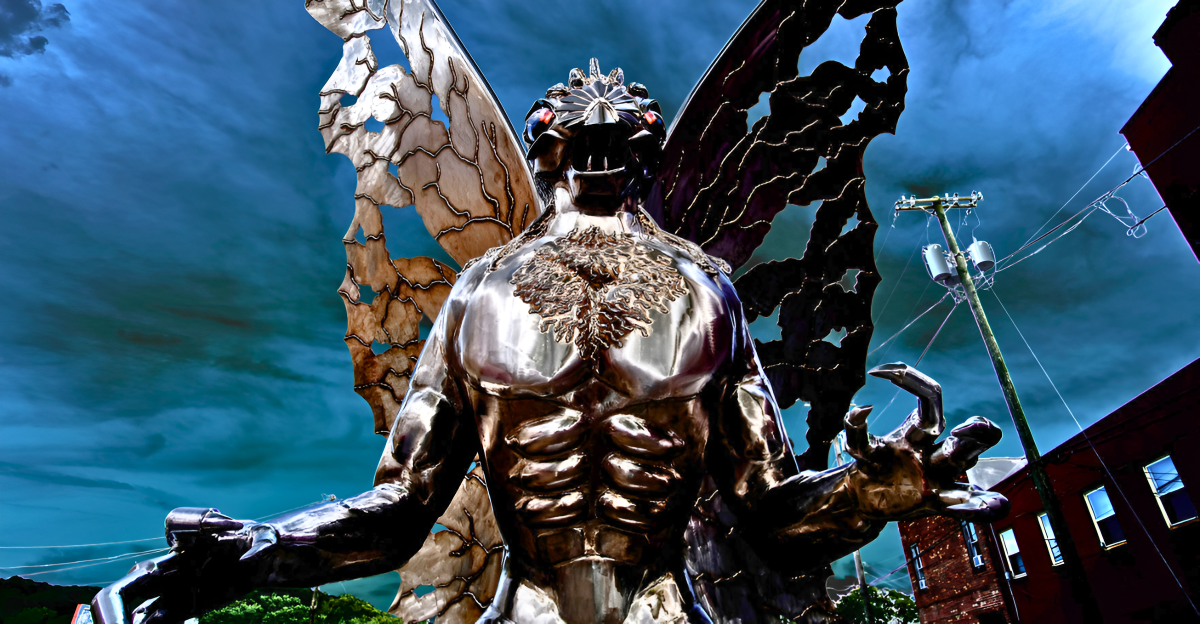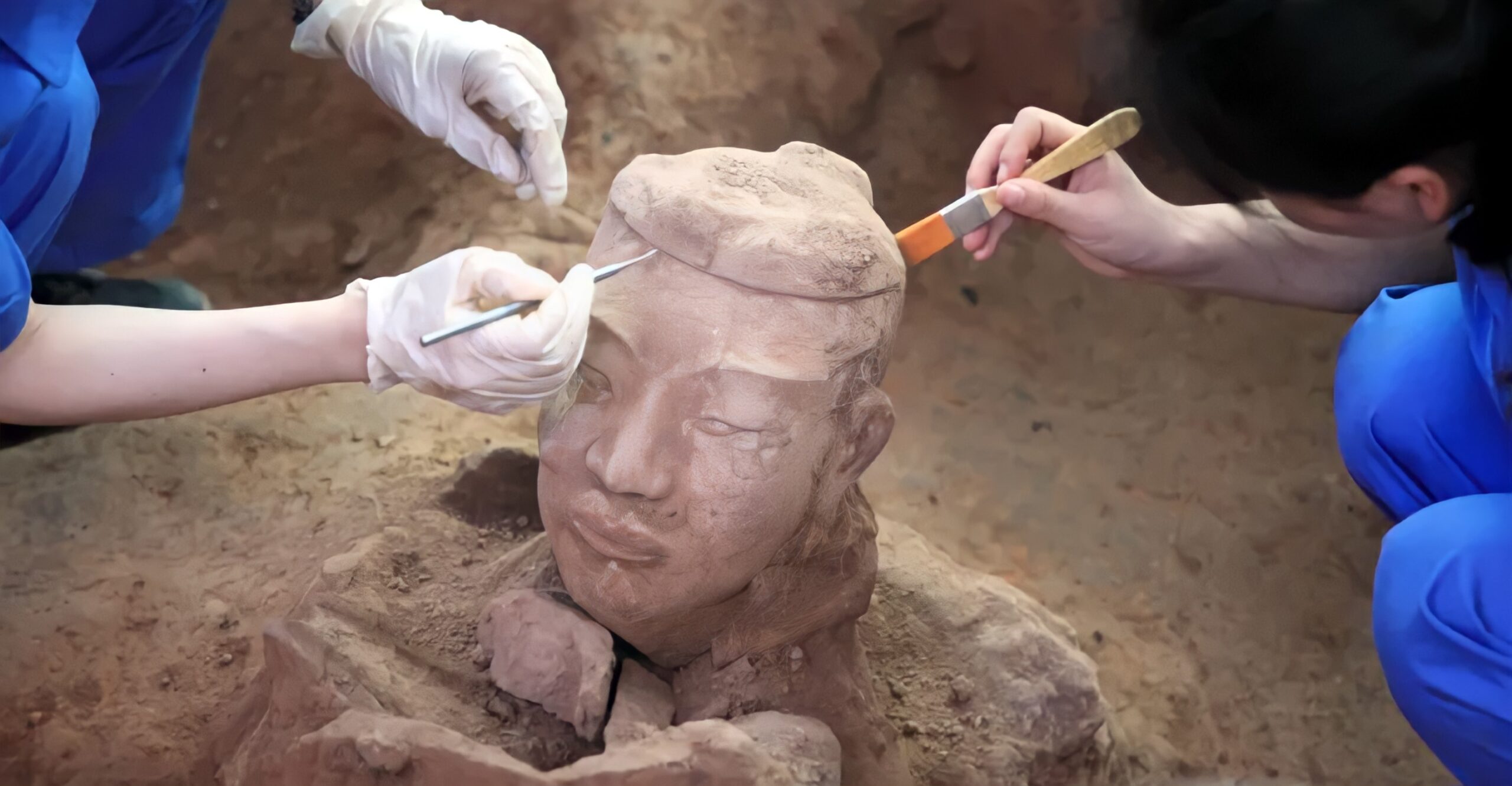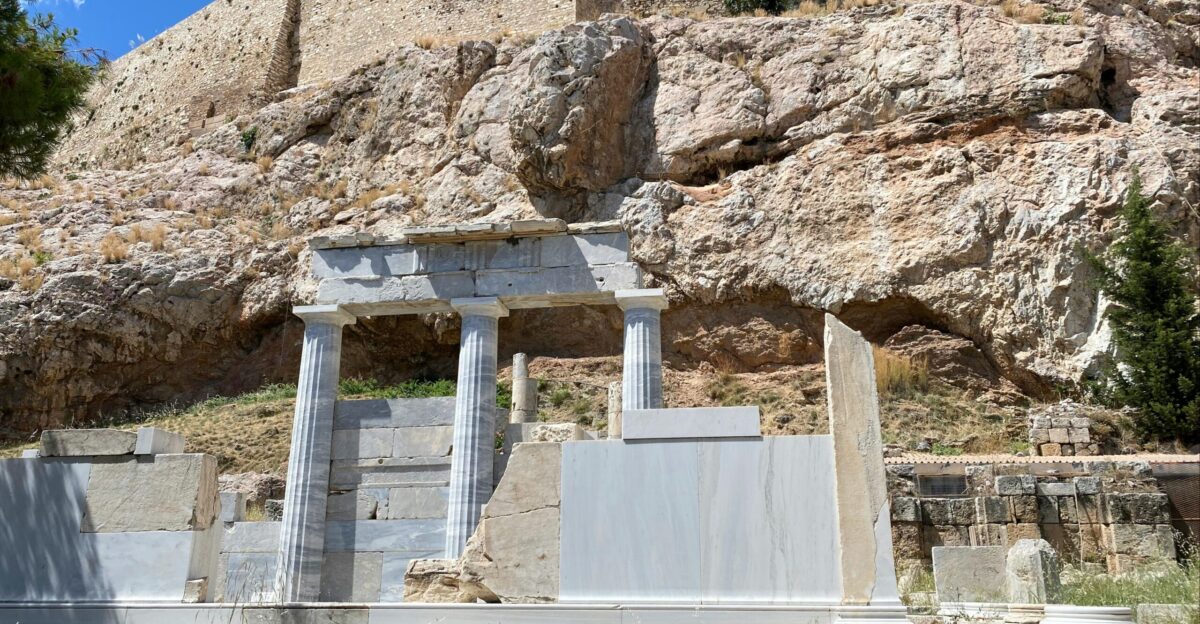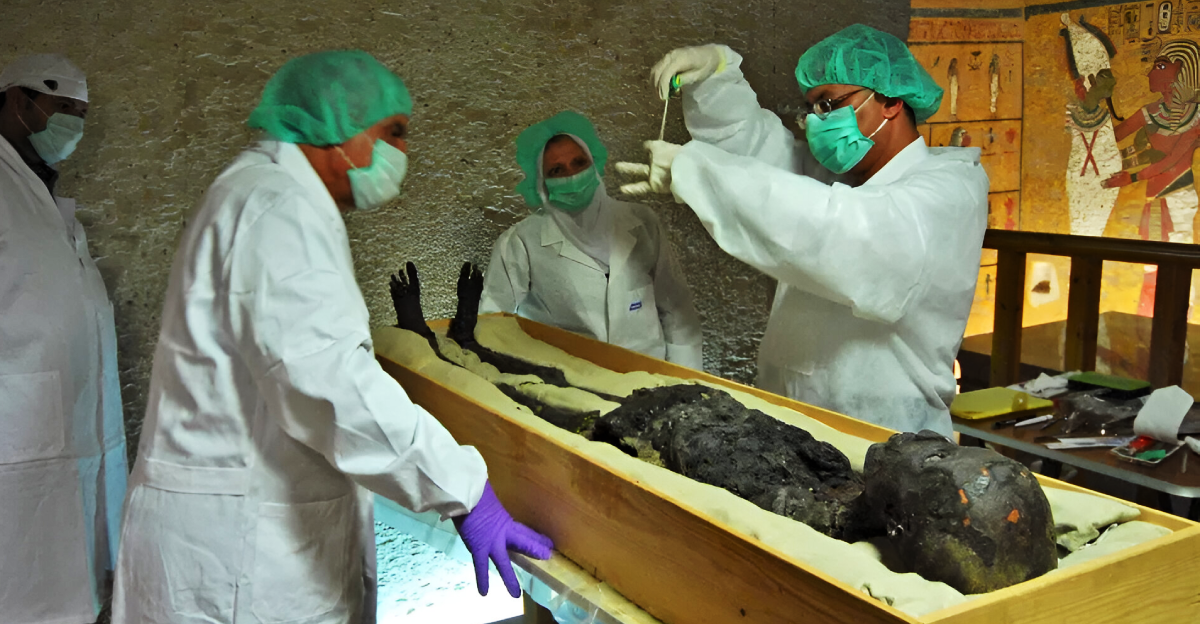
Archaeologists have made a groundbreaking discovery on Somló Hill, a dormant volcanic butte in western Hungary. More than 900 ancient artifacts—ranging from jewelry to weapons—have been excavated at the site, yielding both the site’s deep historical and spiritual significance.
The treasure trove, detailed in a study published in the journal Antiquity, offers rare insights into the societies that thrived here between the Late Bronze Age and Early Iron Age, about 3,400 years ago.
The systematic excavation marks a turning point in our understanding of the region’s past, challenging long-held assumptions about ritual and trade.
Somló Hill: From Vineyard to Archaeological Marvel
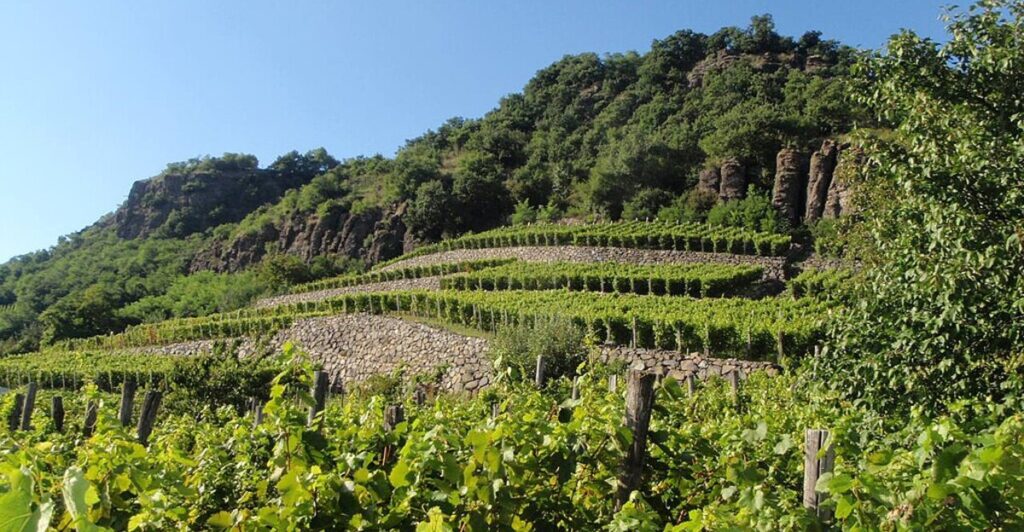
Somló Hill, now surrounded by vineyards, rises 431 meters above the Veszprém County landscape. While today it is renowned for wine, its archaeological significance has been hinted at since the 19 century, when local farmers accidentally unearthed ancient relics while working the land.
Until recently, these finds were sporadic and undocumented, leaving many questions unanswered. The latest excavations, employing advanced techniques like lidar and magnetic surveys, have finally revealed the true magnitude of Somló Hill’s historical legacy.
The Treasure Trove: Six Hoards Unearthed
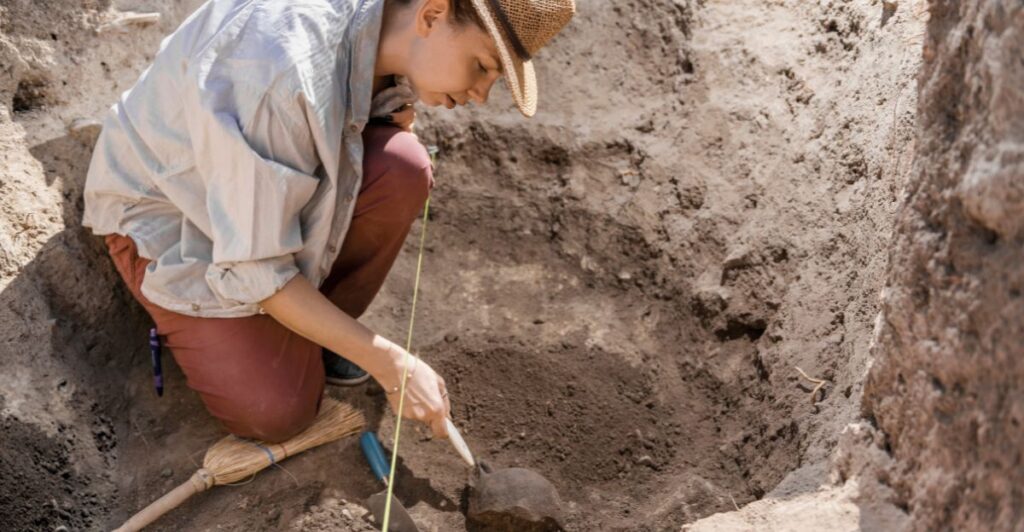
Researchers uncovered at least six distinct hoards of artifacts, collectively containing over 900 items. They were discovered mostly on the south–eastern plateau of the hill, an area now recognized as a focal point for ancient activity.
Among the treasures are jewelry, brooches, decorative discs, weapons and rare items, such as an Alpine-style spearhead. These items also suggest the diversity and craftmanship of these objects highlight the affluence and sophistication of the communities that once inhabited Somló Hill.
Dating the Finds: A Window into the Bronze and Iron Ages

The artifacts date to a pivotal point in European prehistory. Five of the hoards date to the Late Bronze Age (1450-800 BC) and one to the Early Iron Age (800-450 BC). The earliest finds can be traced back to the Reinecke Bronze Age C (1400–1300 BC), the most frequently represented is the Hallstatt B1–B2 period (1080–900 BC).
This timeline provides a rare opportunity to study the evolution of material culture and social organization during a poorly understood era.
Ritual and Symbolism
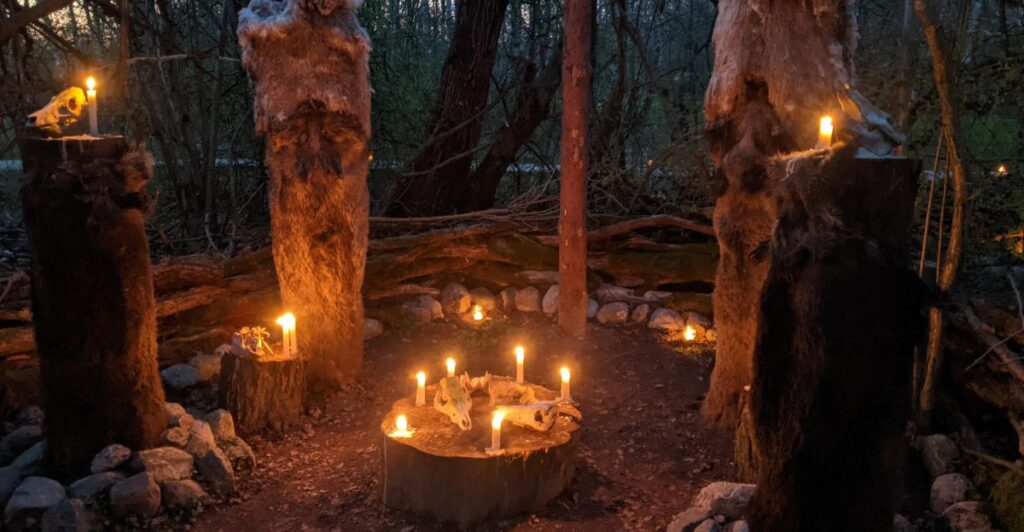
The deliberate burial of these treasures suggests complex ritualistic or symbolic practices. Several objects were deliberately shattered prior to deposition, and this occurrence has been noted for other European hoards but has seldom been as clearly documented.
Some of the objects were buried with organic materials such as amber beads, boar tusks and pieces of fabric and leather, which suggests the offerings might have been part of elaborate ceremonies or spiritual traditions.
The Warrior Elite
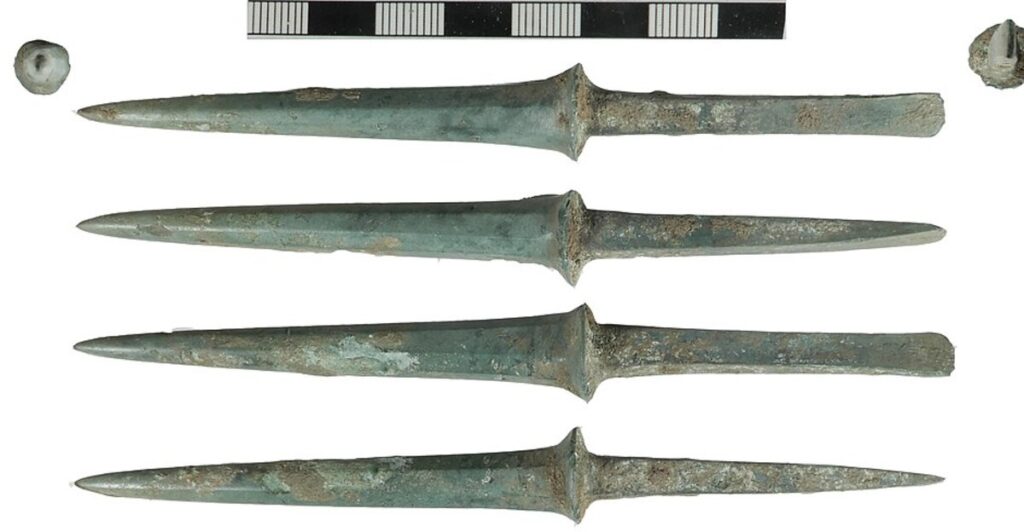
There is evidence that Somló Hill was the center of power for elite warrior clans. The presence of weapons, military-related decoration and luxury items suggests that the site served not only as a spiritual hub, but also as a stronghold for powerful factions in the area.
These clans likely controlled local resources and trade, reinforcing their status both symbolically and through economic rewards. The discoveries align with broader patterns observed in other Iron Age societies across Europe.
The Crossroads of Ancient Europe

The variety of artefacts, including coins and jewellery from distant regions, suggests that Somló Hill became a part of a wider trade network. This challenges traditional interpretation that sacred sites were isolated from economic activity.
Instead, the evidence demonstrates that religious and political centers were often also hubs of commerce, facilitating the flow of goods and ideas across vast distances.
Tools and Craftmanship
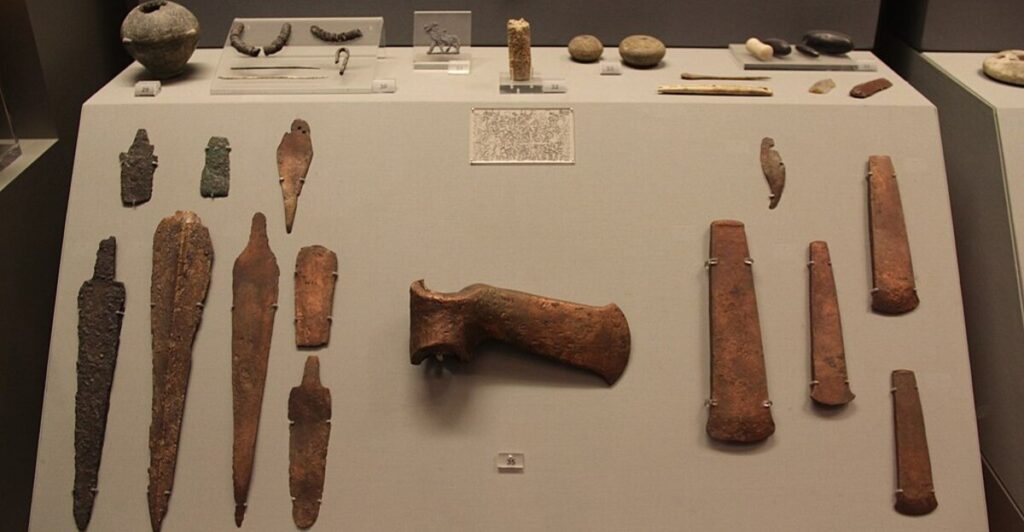
Among the discoveries are numerous tools and artifacts associated with bronze working, hinting at a sophisticated level of technological development.
While no metalworking shop has been definietely identified, the recovery of these items demonstrates that the settlement’s population included skilled craftsmen who could create both high-quality goods for both everyday use and ceremonial purposes.
Redefining Hoarding Traditions
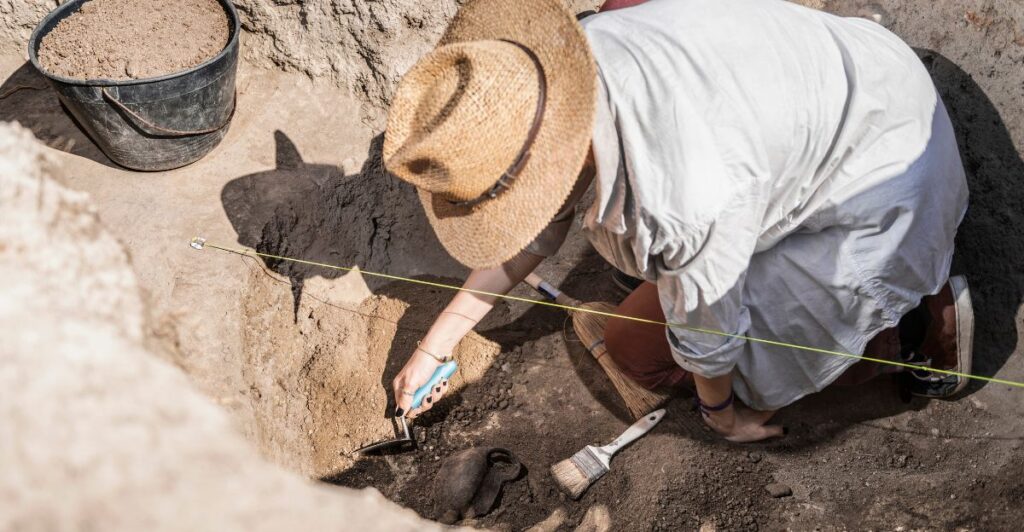
The Somló Hill discoveries are also reshaping academic understanding of hoarding traditions during the Hallstatt B period of Transdanubia. Their purpose and complexity, combined with sophisticated analytical techniques, are enabling researchers to piece together ancient behaviors in unprecedented detail.
These findings are of particular importance since they represent well-documented archaeological contexts, which are rare for this period.
Future Research and Unanswered Questions
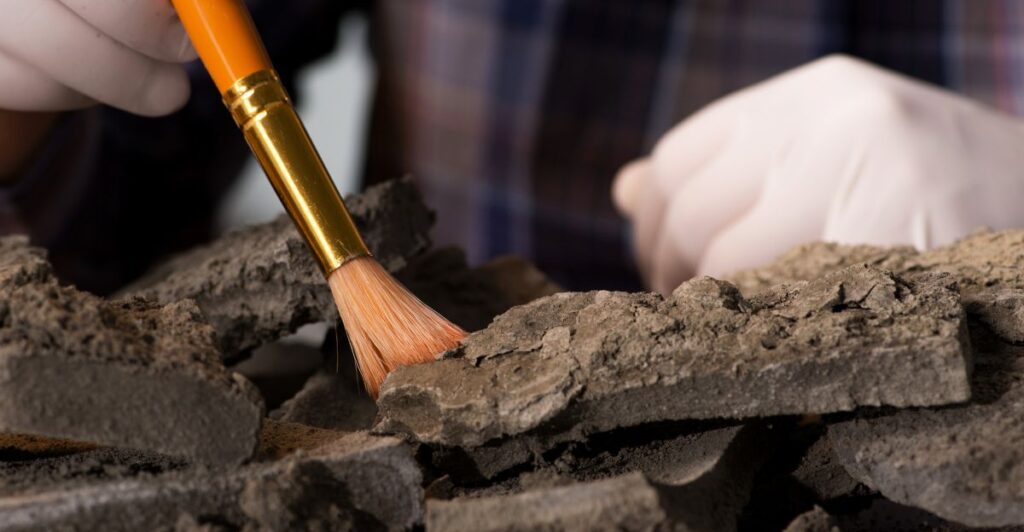
Despite these remarkable discoveries, many mysteries remain. Current and planned excavations are being conducted to establish the timeline of habitation, the origins of the artifacts, and the full extent of the site’s influence.
Researchers are optimistic that continued study will reveal the day-to-day lives, beliefs and interactions of those who once inhabited Somló Hill, deepening our understanding of Europe’s ancient past.

